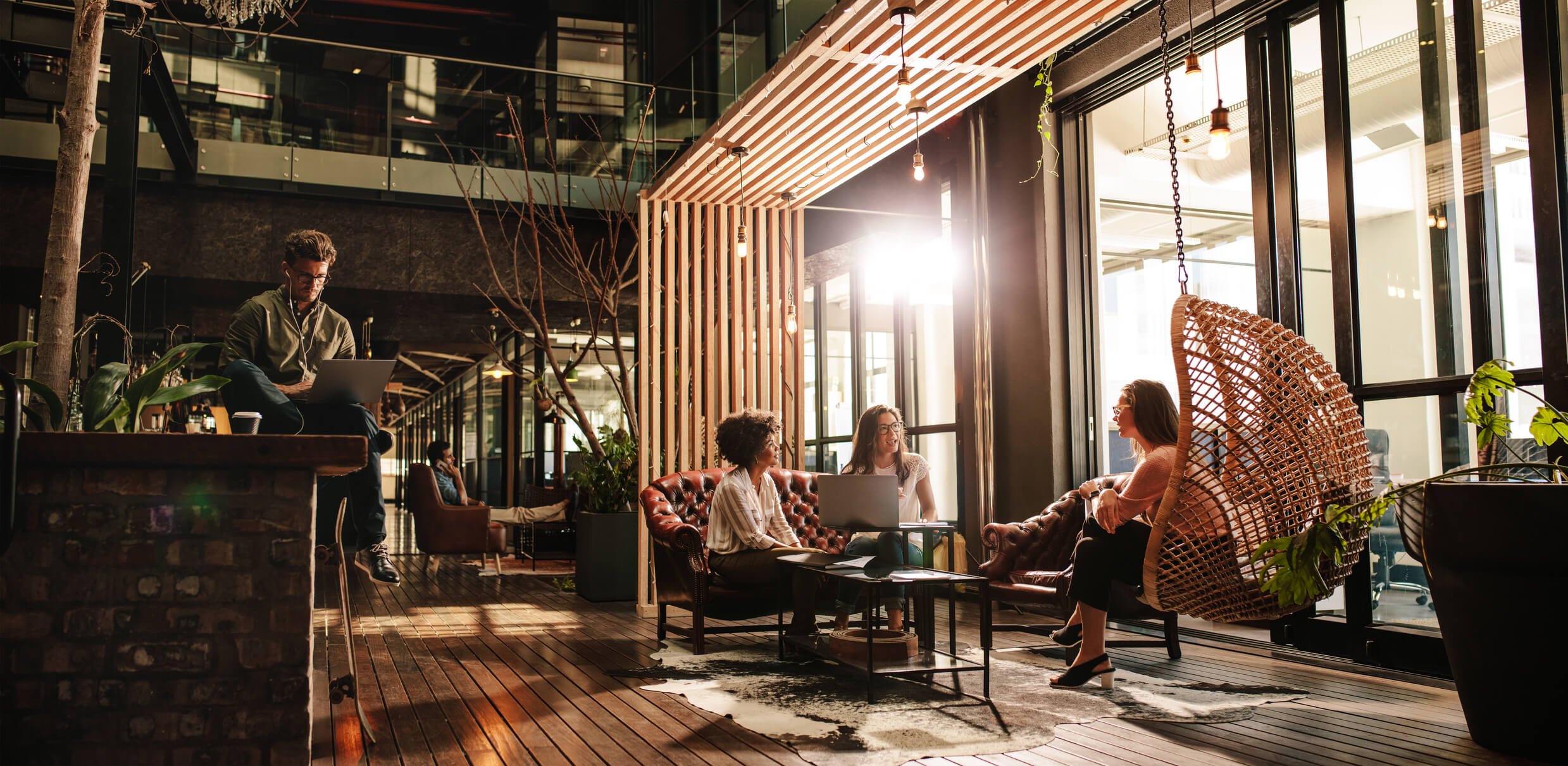For many, it's an exciting new trend—even Forbes is jumping on the bandwagon. But it actually spans back hundreds, if not thousands, of years. Companies today are using banana leaves to replace plastic packaging for foods, and they're getting fantastic results. Here's what you need to know.
Banana Leaves Are a Traditional Packing Material
Banana leaves are hardy, water-tight, and clean. Bananas are also one of the largest crops in the world, so banana leaves are readily available. Many ancient, cultural cuisines were wrapped in banana leaves for storage. These thick, glossy leaves hold moisture in and don't easily degrade, thereby making them a perfect food saver.
Of course, all of this also means that many cultures are already used to the idea of banana leaves as a packing material, and are consequently willing to accept them in stores. Banana leaves have already achieved widespread use in areas such as Thailand.
The Benefits of Banana Leaves
As many companies are now moving away from single use plastics, they're seeking biodegradable packaging for food. Banana leaves are 100% environmentally-friendly and sustainable. They will degrade just like any other plant product once they've been discarded, and they're a by-product that is continuously produced.
- They're cheap. Because banana leaves are everywhere that bananas are, they're readily available. They don't cost anything to grow, and they're already growing on existing distribution channels.
- They're large. Banana leaves are often used as serving vessels because of their size. A banana leaf can be used to wrap fairly large food items.
- They're clean. The slick nature of banana leaves means that they're water proof and easy to clean. Other leaves may not be clean enough to use for food service.
- They're attractive. Banana leaves grow in a bright color, and they retain that bright color, making them look fresh and new even days after they have been cut.
- They’re guilt-free and compostable. There are no special processes required for getting rid of banana leaves; they can be thrown in the trash or composted outside.
- They're natural. Banana leaves don't need additional treatments to remain fresh-looking or water-resistant. Consequently, they're perfect for those who are interested in natural foods.
Banana leaves are also lightweight, healthy, and attractive. Many people who are uncomfortable with plastics may be comfortable with the use of banana leaves, as they won't pass unusual chemicals to food.
Other Sustainable Options
Banana leaves aren't the only biodegradable packaging for food. As more countries ban plastics, companies are finding alternatives. Some of the more popular alternatives include:
- Paper packaging. Many are moving increasingly towards sustainable paper products rather than plastics. While plastics were originally intended to reduce the impact of the paper industry, many paper companies are now clearly more sustainable.
- Bamboo packaging. Bamboo is becoming a very popular product, because it grows quickly and it's eco-friendly. A type of grass, bamboo grows more quickly than trees and can thrive in much harsher environments.
- Reusable packages. Instead of disposable packaging, some companies are selling reusable items. Companies popularly offer a discount for returning with a reusable package.
There's a significant waste problem on a global level, and companies are going to need to do something about it if they're going to survive and please new consumers. Many countries are taking action against single-use plastics and non-biodegradable products. What is your plan?
Do you want to find out more about biodegradable packaging for food and other sustainable applications? Contact the experts at AFFLINK.

About Michael Wilson
Michael Wilson is AFFLINK'S Vice President of Marketing and Communications. He has been with the organization since 2005 and provides strategic leadership for the entire supply chain team. In his free time, Michael enjoys working with the Wounded Warrior Project, fishing, and improving his cooking skills.





